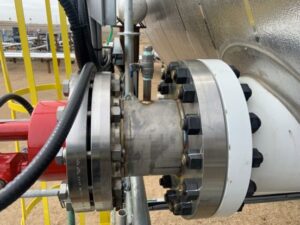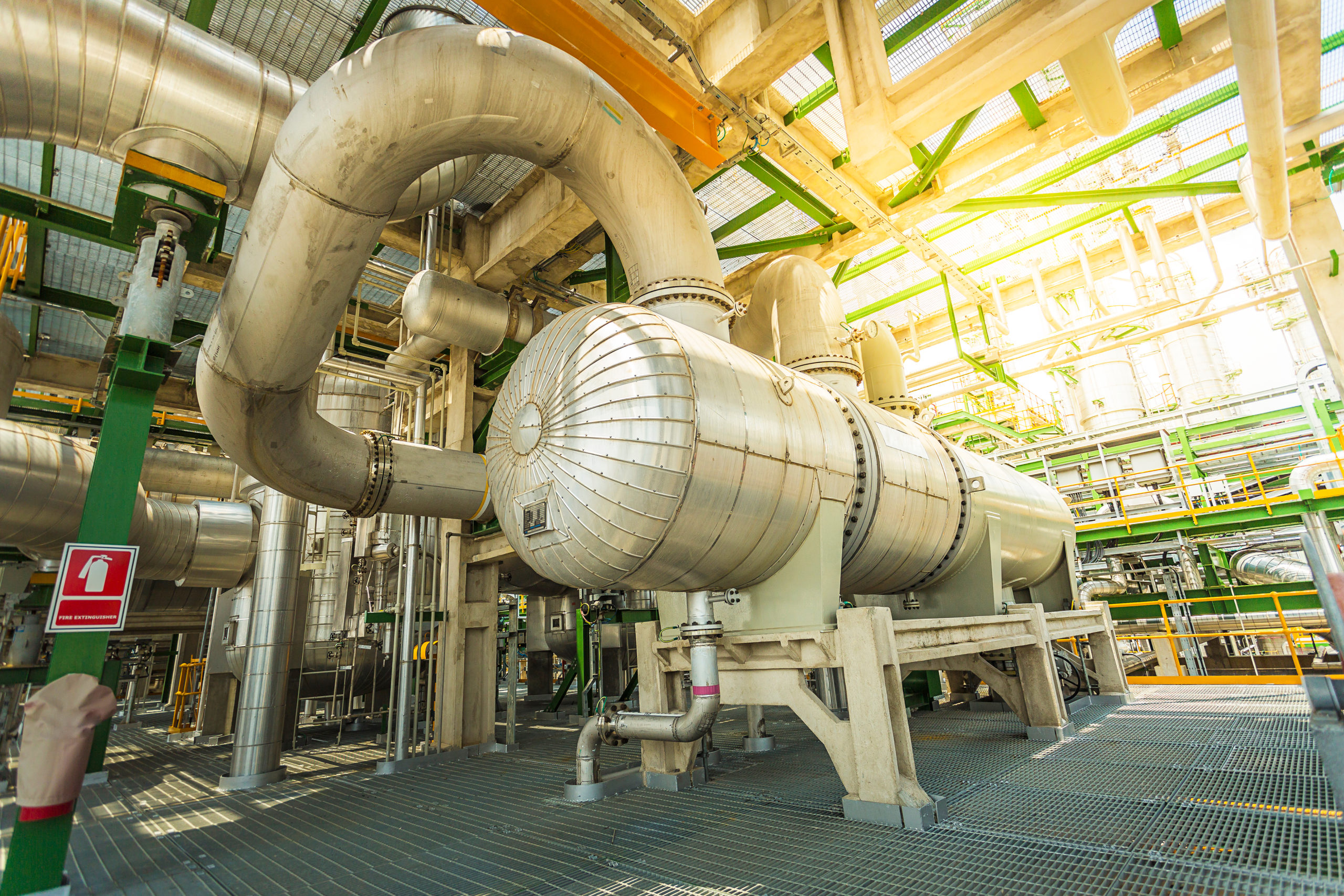What is a Pressure Vessel?
Last updated on January 26th, 2024 at 04:17 pm
Pressure vessels are carefully fabricated, enclosed containers designed to hold gases or liquids at different pressures than the surrounding air. These vessels have a variety of purposes in the industrial market and the private sector. Pressure vessel fabrication and operation present inherent danger. So there are stringent regulations on the manufacturing of pressure vessels by engineering authorities.
Types of Pressure Vessels
Hypothetically, pressure vessels can take many different shapes. However, the most common shapes are cylinders, spheres, and cones. The combination of a long cylinder with two caps (heads) is a typical design. Industrial manufacturers usually offer a variety of ASME standards or custom pressure vessels. Most commonly utilizing carbon steel or stainless steel for oil/gas and water containers. These pressure vessels are classified as Type I-Type IV.
Pressure Vessel Uses
The majority of pressure vessels are for industrial use. Some private-sector applications include hot water storage tanks and diving cylinders.
Industrial uses for pressure vessels include distillation towers, hydraulic reservoirs, and containment of liquefied gases. Industrially, pressure vessels can be used for high-pressure or low-pressure containment, depending on the need of the client and the materials used.
Industries can also use them for cooling and process heating. Another use is as a means of achieving secondary containment in processing materials.
For use with either gases or liquids, pressure vessels can be used in tandem with electric immersion heaters. Industrial versions of these heaters achieve the heating of various substances (water, oils, gases, and solvents) through direct contact.
Immersion heaters mounting on pressure vessels are available with flanged, welded, or threaded connections. The combination of electric immersion heaters and pressure vessels is ideal for heating gases and liquids and generating steam.
Fabrication Process
 Pressure vessels fabrication employs a variety of materials. Stainless steel is one of the most common materials, although steel types vary depending on use operating conditions.
Pressure vessels fabrication employs a variety of materials. Stainless steel is one of the most common materials, although steel types vary depending on use operating conditions.
For example, engineering standards only require steel with high impact resistance to manufacture pressure vessels. For some applications of steel pressure vessels, engineering standards also dictate the use of corrosion-resistant material.
Pressure vessels fabrication uses a partially load-bearing liner made from metal, ceramic, or a polymer. This liner helps to bear the load of the interior pressure and protects the vessel from the contained substance, and protects against leaking. Pressure vessels must follow strict manufacturing standards for fabrication.
Several authoritative bodies establish fabrication codes, including
- American Society of Mechanical Engineers
- National Board of Boiler & Pressure Vessel Inspectors
- EU Pressure Equipment Directive
Pressure vessel manufacturers should follow one or several of these sets of regulations.
Wattco custom manufactures electric heaters for all industrial pressure vessels. Contact us today for pressure vessel heater quotes and information.

